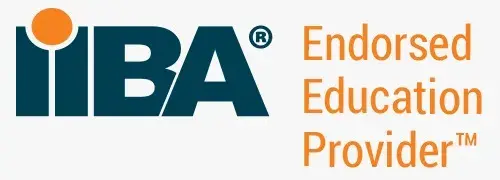Advantages:
Remarkable visual presentation
Network diagram in project management provides great visualization to everyone. The project manager entangles all the stakeholders, partners and team members while designing the diagram.
Exhibits possible bottlenecks
By illustrating task dependencies, the network diagram prevents bottlenecks from occurring. It prevents by indicating any kind of delays from occurring. Delays disrupt work schedules, budgets, customer satisfaction, and morale. If the network diagram is correct, the team will understand that task A must come first. Otherwise, task B cannot begin. It allows you to plan before managing any bottlenecks.
Realistic project scheduling
When combined with a Gantt chart, a project network diagram simplifies the scheduling of tasks, staff, and resources. You can comprehend the project's overall schedule by compiling these components. The most crucial component of project planning, along with budgeting, is scheduling.
Recognize dependencies
When combined with a Gantt Chart, a project network diagram simplifies the scheduling of tasks, personnel, and resources. You can comprehend the project's overall schedule by compiling these components. The most crucial component of project planning, along with budgeting, is scheduling.
Attention to facts
The method gathers all of the tasks required to complete the project. Before beginning a project, paying close attention to the details will help you identify the activities that are on the critical path and any areas where float or the potential for task delays.
Disadvantages:
Complexness
The more complex the network diagram, the larger the project scope. The diagram may be challenging to read and comprehend, which may result in mistakes if there are an excessive number of nodes connected and arrows shooting in all directions. It takes time and money to create a project network diagram. You can probably vouch for the fact to the complexity of some projects. One of the primary functions of a project network diagram is thus defeated.
Time-consuming
It takes a lot of time to create a project diagram, and the project manager is frequently solely responsible for it. One person may be under a lot of stress as a result, and the team's knowledge and experience should be more utilized in the process. Businesses lose a lot of money as a result of the project diagram's time-consuming nature.
Over planning
A network diagram requires a lot of planning to do so. It illustrates the order of tasks, estimation, and allocation of resources. Any errors in planning may have significant consequences for the remaining portion of the strategy.
Human misconception
The accuracy of the network diagram in representing your project schedule is not guaranteed by the use of network diagram software. Naturally, mistakes can occur when creating project network diagrams or other unknowable factors can have an impact on the data gathered. This diagram must be accurate if the calculations and interdependencies shown in it determine everything. This is especially lethal if corners are cut during the diagram's creation or if it is created without current project data.



